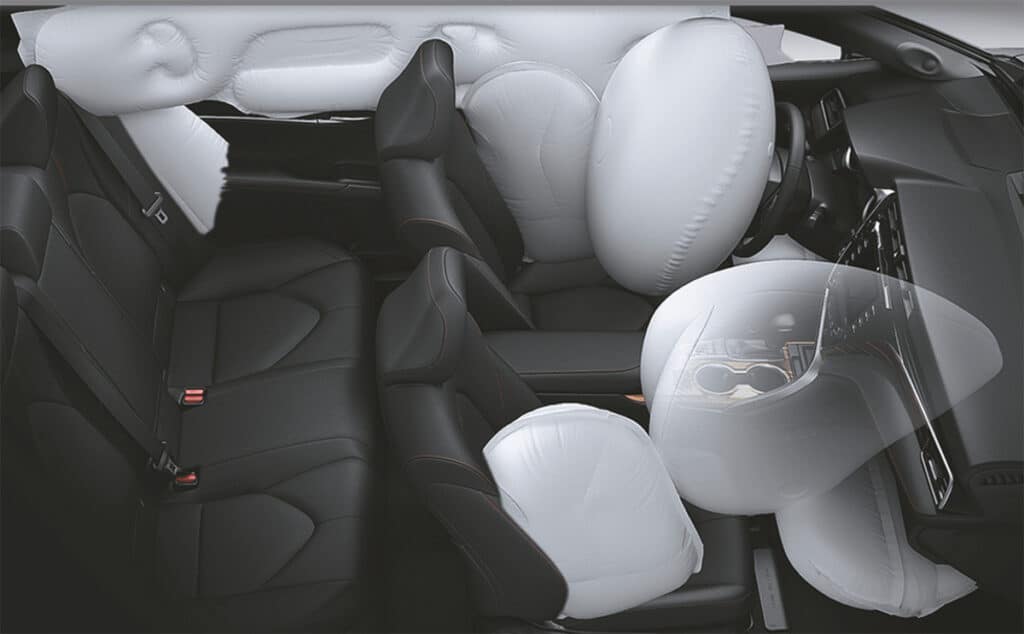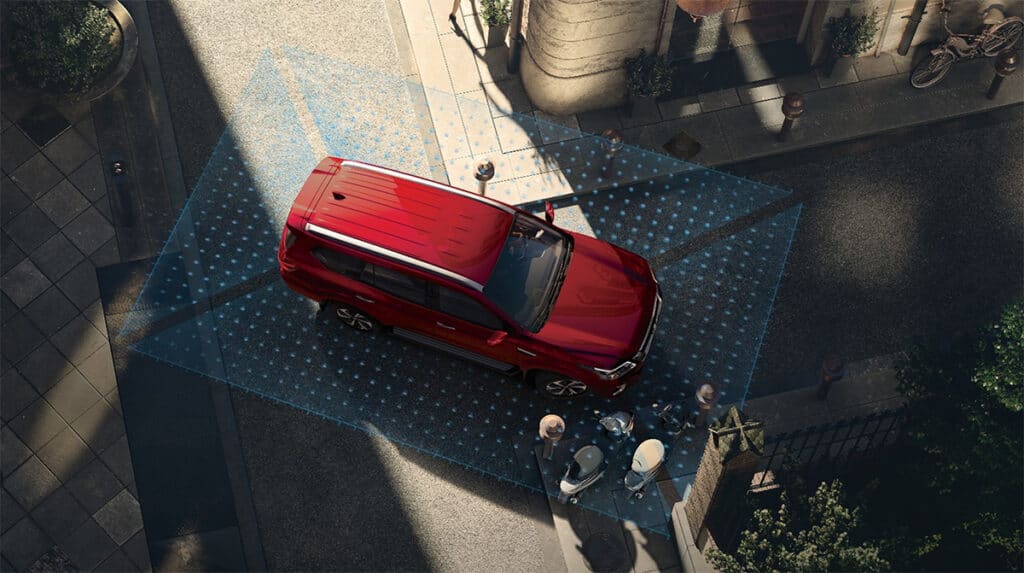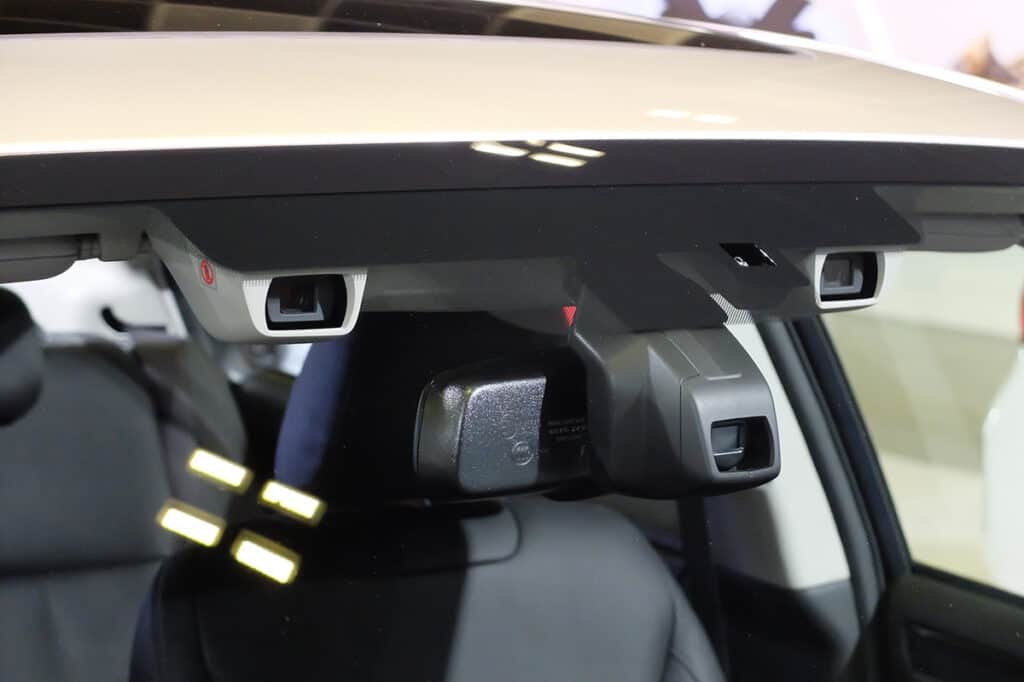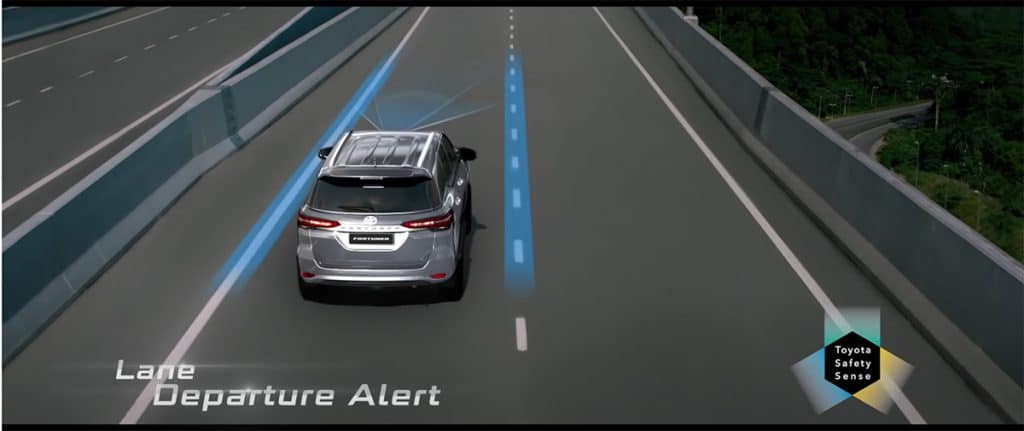Designing a vehicle takes more than having a great concept. If we think about it, the purpose of every car that rolls off the production line has nothing to do with bringing prestige or stature to its owner. That is secondary and a by-product. The fundamental reason for every vehicle’s existence is to move people and to take them places. Which is probably why, more than the aesthetic design, extensive research and development go into the features that make a car safe — for the driver, the passengers, and even those external factors that it may possibly encounter on the road. With this basic idea in mind, it makes sense that most, if not all, car manufacturers place a premium in putting each of their models through rigorous tests that set the benchmark on vehicle and road safety.
One such organization that is often referred to and quoted on is the Global New Car Assessment Program (NCAP), which serves as the platform for new car assessments worldwide and promotes the universal adoption of the most important motor vehicle safety standards, in compliance with the United Nations. The organization branches out to several regional NCAP programs that cover the different major regions around the world: Europe, ASEAN, China, Japan, Korea, Australia, Latin America, and the United States.

Every brand, from the Toyotas and Hondas of the world, all the way to the coveted Tesla, are put through the same screening that assess the effectiveness of the vehicle’s built-in safety features, based on how much protection it renders to the following areas: Adult Occupant Protection, Child Occupant Protection, Pedestrian Protection (including cyclists and what are referred to as vulnerable road users), and Safety Assist, which pertain to the technologies present with regard to driver-assistance and crash-avoidance.
Why go through all the time and investment? Because at the end of the day, what can make or break a sale is how safe the vehicle can keep its passengers when it is driven out of the showroom and put in an unpredictable real-world road setting. Also, let’s face it — consumers trust products that have been put to the test (the more extensive and rigorous, the better) and bear a badge of global standards. That being said, and using the Global NCAP standards as a backbone, safety for motor vehicles takes into account everything that has to do with road safety, including external factors, such as pedestrians and cyclists. Contrary to belief, safety technologies do not account only for those inside the cabin. It takes into serious consideration the situation that surrounds the vehicle.

Crash tests (or, how much impact your car can take and how it responds)
One of the measures for safety are “crash tests,” which are basically a series of actual simulated tests that mimic real-world impact on the vehicle, in the case of road accidents. These tests are designed to check for how much impact the very structure of the vehicle can take, from all sides, in a worst-case scenario.
In addition, it measures the response of the safety features installed inside the cabin. We’re talking about how well the seatbelts hold passengers in place, how quickly the airbags deploy and in what direction, how far the crumple zones go to reduce lower leg injuries for the driver and front passenger, and more. There is simply more to structure than rigidity and it can spell the difference between life and death.
In the case of Global NCAP, the assessment includes frontal collision, lateral impact (side crashes), rear impact, and in recent years, rescue and extrication. The first two account for the highest number of deaths and serious injuries than most accidents. Rear collision crashes, on the other hand, are a main cause of neck injuries and whiplash. The final test has more to do with post-crash rescue. While protection during impact has to do with a vehicle’s crumple zones, NCAP places special significance in how quickly a crash victim can be removed safely. This has to do with airbag placement, door-opening forces, auto-lock release, and how seatbelts can be unlatched easily.

Child-protection features
Most of the crash tests are primarily focused on adult-sized passengers. Children are another story. Smaller in size, they are in the in-between, making it awkward to “hold them in place” with standard-sized seatbelts. Which is why an important part of safety ratings is the range of provisions to accommodate child restraint accessories, such as ISOFIX anchorages present in most vehicles today. Global NCAP utilizes child-sizes dummies and actual child booster seats to measure if the placement of the provisions keeps a child correctly restrained in the event of an accident, with the least risk of head and neck injuries.
In the Philippines, it is mandated by law to use a booster or child seat in transporting children below one year old and using the correct age and size appropriate child safety restraints for those below 12 years of age.
Driver-assist technologies
The beauty of living in the 21st century is how technology has found its way into every aspect of our lives. Cars are no exception, considering how autonomous driving became a key attraction as far back as four to five years ago in the Consumer Electronics Show (CES). While automation has not been widely accepted as mass market just yet, advanced safety technology has found its way into popular daily drivers in the form of what is known as in-car driver assist systems. What started with something as simple as braking assist, adaptive cruise control, and forward collision warning has expanded into systems that are able to initiate emergency braking, apply mild steering takeover to keep the car in its proper lane, and even hands-free self-parking (in some newer vehicles).

While it can be argued that technology may lead to lazy drivers that become too reliant on automation, the presence of these safety assist systems have proven to mitigate and prevent accidents from even happening. The measures taken by the Global NCAP assess how these technologies adapt to real-life scenarios, particularly in monitoring driver status, alerting the driver when the car is moving off of its lane, speed monitoring, and emergency braking to avoid car-to-car crashes.
Nissan was one of the first to introduce its 360 Safety Shield, an all-around view system that allows the driver to have an accurate 360-degree visual of the vehicle from all angles. Another was Subaru, having introduced its award-winning EyeSight technology that now comes standard in all of its product offerings. Recently, Honda has also announced that Honda Sensing will be built-in to all future incoming models, beginning with the newly launched Honda Civic. Likewise, Toyota has also launched what the brand calls Advanced Drive as its new driver-assist technology system.
According to Consumer Reports, the basics like seatbelts, airbags, anti-lock brakes, traction control, and electronic stability control will always be the top safety features that are a must in any vehicle that comes off the production line. But even the technology for these have evolved, with even the entry-level Vios having a standard seven airbags, as opposed to the previous five. And improvements will continue to arrive, just as technology will continue to develop, in the on-going efforts to make our roads safer than before.
As car buyers, we often consider driving performance and styling to be the priorities on the checklist. But as much as a vehicle is a lifestyle choice, it must also be reliable as a safe transport. Something as minute as speed-sensing locks may simply be a matter of convenience for one, but for a family man, it’s a safety feature for having a toddler in the backseat and possibly forgetting to press that ‘lock’ button. Being knowledgeable with the safety features that go into your vehicle is just as important as being an informed, responsible driver. After all, the automotive jargon and safety awards aren’t there for nothing. They were designed so that we, as car owners, can also be safer road users.

